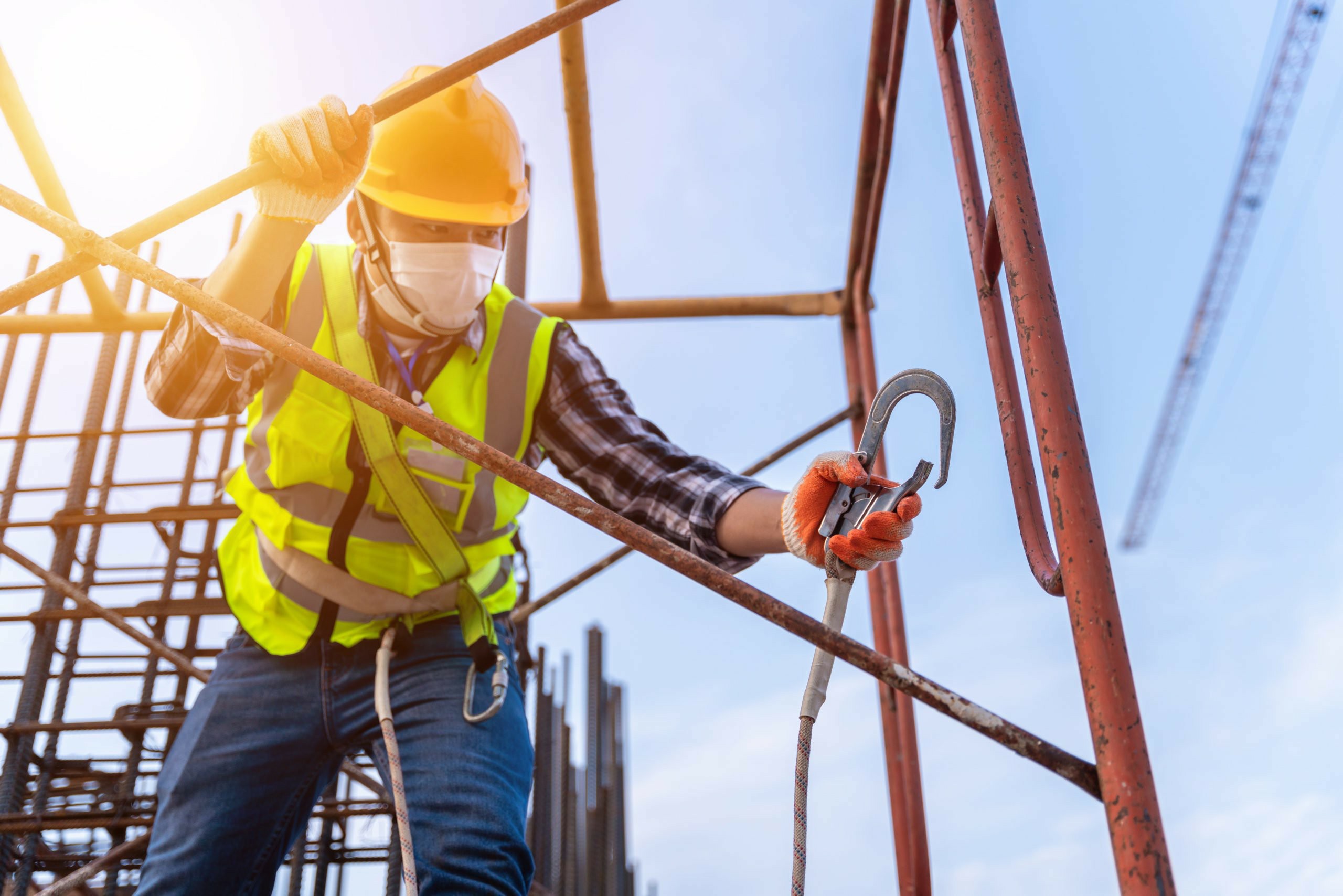


 349,500 Offered Certificates
349,500 Offered Certificates
 24/7 Online Training
24/7 Online Training
 Money Back Guarantee
Money Back Guarantee
 Fully Accredited Courses
Fully Accredited Courses

Created at: 22-02-2025 15:27
Working at heights presents unique challenges and risks, making safety equipment and training fundamental to safeguarding workers in various industries. Recent advancements in technology have revolutionized how we approach fall protection and worker safety, leading to innovative solutions designed to dramatically reduce accidents and ensure compliance. This article explores the latest advancements in harness technology, self-retracting lifelines, and the emerging trend of virtual reality training simulations that enhance not just skills but also the overall culture of safety in the workplace.
Statistics show that falls from height are among the leading causes of workplace injuries and fatalities. Implementing state-of-the-art safety equipment is no longer just a legal requirement but a moral obligation. Innovations in safety technology have the potential to save lives, enhance worker confidence, and improve productivity.
Self-retracting lifelines (SRLs) have emerged as a key component in fall protection systems. They function by automatically retracting the line when the worker moves to prevent slack, ensuring that the fall distance is minimized. The following features highlight their innovative nature:
Recent developments have integrated smart technologies into self-retracting lifelines, adding functionalities such as:
The introduction of virtual reality (VR) into Working at Heights training programs has transformed how safety concepts are taught. VR offers immersive experiences that simulate real-life scenarios without exposing workers to risk.
VR simulations can also include risk assessment training, where participants learn to identify hazards and respond appropriately. This hands-on approach prepares them for real-world scenarios, ensuring they are better equipped to handle unexpected situations.
The integration of technology in Working at Heights safety equipment represents a significant shift towards a more proactive and preventive safety culture. Industry experts suggest that the future will see:
Embracing the latest innovations in Working at Heights safety equipment goes beyond compliance; it is about fostering a culture where safety is at the forefront of operational procedures. As new technologies emerge, it’s critical for businesses to stay updated and continuously train their teams in the best practices for working at heights.
If you're looking to equip your team with the necessary skills and knowledge to safely operate at heights, consider enrolling in a Working at Heights Course Online. Certification programs are available across Ireland, including Working at Heights Certification Dublin, Working at Heights Certification Cork, and Working at Heights Certification Galway. For any inquiries, please reach out to us at [email protected].